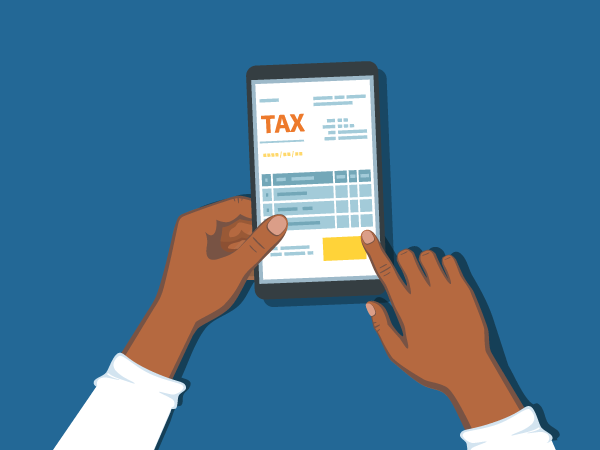As a taxpayer, were you disappointed by your 2018 tax return? Perhaps you found out that you owed taxes because your paycheck withholdings were insufficient. Or maybe your refund was smaller than you anticipated. Due to changes in tax withholding rates and limited deductions, the Tax Cuts and Jobs Act of 2017 created surprises like these for many taxpayers. Prior to the new law, taxpayers frequently received a refund due to excess withholding.
In response to taxpayer concerns, the IRS released the new Tax Withholding Estimator (Estimator). This tool lets you review your withholding amounts to see if they’re on the right track or if you should consider making changes. The Estimator can be accessed through the IRS website at https://www.irs.gov/individuals/tax-withholding-estimator. Before using the Estimator, be sure to gather the information listed below. You’ll be able to see your results in minutes and can then decide whether to make changes to your current withholding allowance with your employer.
Please Note: The Estimator will take you through some questions that will vary depending on whether you itemize or claim the standard deduction. To find out which items can be deducted, review IRS Topic No. 500 at https://www.irs.gov/taxtopics/tc500. If you plan on itemizing deductions, gather information on the following expenses:
What You Will Need
The IRS recommends gathering the following information before using the Estimator.
- Recent pay stubs
- Most recent income tax return
Be ready to answer questions about your tax filing status, dependents, pretax contributions (such as retirement or medical accounts), other sources of income, and tax credits.
The Estimator will take you through some questions that will vary depending on whether you itemize or claim the standard deduction. To find out which items can be deducted, review IRS Topic No. 500 at https://www.irs.gov/taxtopics/tc500. If you plan on itemizing deductions, gather information on the following expenses:
- Medical and dental expenses
- Taxes paid
- Qualified mortgage interest paid
- Gifts to charity
- Casualty losses
- Other expenses that could be deducted
The Estimator will not ask for personal identification information, such as name, date of birth, social security number, or bank account numbers. Regarding the information you do enter, the Estimator will not save anything. It is a single-use calculator.
Results Provided
Once you’ve completed the questions, the Estimator will calculate whether you’re estimated to owe money or receive a refund for the 2019 tax year. In addition to this information, the Estimator will give two options for adjusting your withholding:
- Get My Balance Close to Zero
- I’d Like to Get a Refund
Based on your selection, the Estimator will explain how to fill out a new Form W-4 and provide a link to the form. Once you download and complete the Form W-4, print it out and give it to your employer. Your paycheck withholdings will be adjusted accordingly.
If you make changes to your withholding, the IRS recommends reviewing your selections again in 2020. As always, before making any decisions, a best practice is to consult your tax professional.
This material has been provided for general informational purposes only and does not constitute either tax or legal advice. Although we go to great lengths to make sure our information is accurate and useful, we recommend you consult a tax preparer, professional tax advisor, or lawyer.

